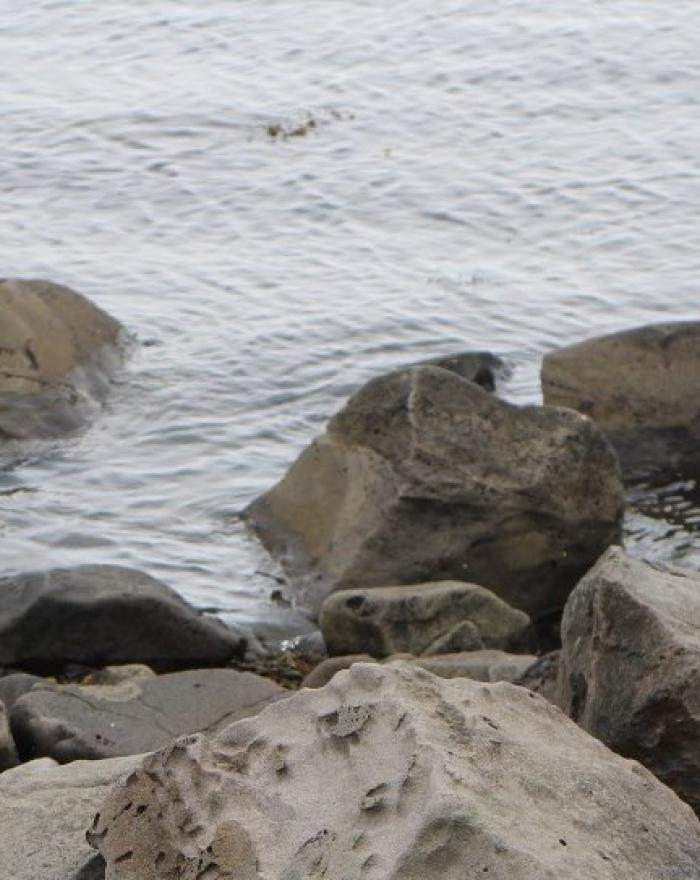Coastal waters
Since April 2003, the microbiological quality of coastal seawater in Reykjavík has been monitored. Samples are taken at 12 locations along the coastline. Monitoring takes place from April to October each year.
Reykjavík Public Health and Reykjavík Energy also monitor the dilution areas of the wastewater treatment plants. Regular public health inspections are also conducted at Nauthólsvík Geothermal Beach.
Details
The main sources of coastal seawater pollution in Reykjavík are runoff/overflows from pumping stations, incorrect connections of wastewater pipes, natural origins - birds and animals, and the discharge of wastewater from ships and small boats. Reykjavík Public Health regularly monitors the city's coastal waters, and one of the responsibilities of public health committees is to ensure that provisions of Regulation No. 796/1999 on Water Pollution Prevention are met.
Monitoring factors and standards
Monitored factors include: temperature, coliforms/enterococci. According to Regulation No. 796/1999 for Microbial Contamination, it is considered acceptable if waters fall into Category I-II (view more about environmental limits for different substances in the annex to Regulation No. 796/1999).
Water quality monitoring
In 2010, a report on coastal water quality monitoring in Reykjavík covering 2003-2010 was released.

Reykjavík Public Health
- Borgartún 12, 105 Reykjavík
- Service Center 411 1111